Silalirijiit Project (Clyde River)
Combining University Research and Community Collaboration for Data Gathering
Dr. Shari Fox Gearheard, who lives in Clyde River, Nunavut, a community close to two hours north of Iqaluit by plane, refers to this synthesis as the co-production of knowledge, and the results have had a significant impact on measuring climate and environmental change in particularly vulnerable areas of the North.
“Scientific techniques and tools show that we have less Arctic sea ice. For example, using remote sensing, we can look at sea ice extent from space,” she explains. If a scientist wants to get a closer look, they might take a core sample and do some measurements. “But the Elder, he’s going to taste it, he’s going to kick it and see how the little splinters of ice react, he’s going to take his unaaq (harpoon) and see how it feels, he’s going to look at the ice in the context of his long history of observing and travelling the area, and he’s really interested in what’s going on under the ice, what the ocean currents are doing. Inuit have their own science, their own techniques, for understanding ice”.
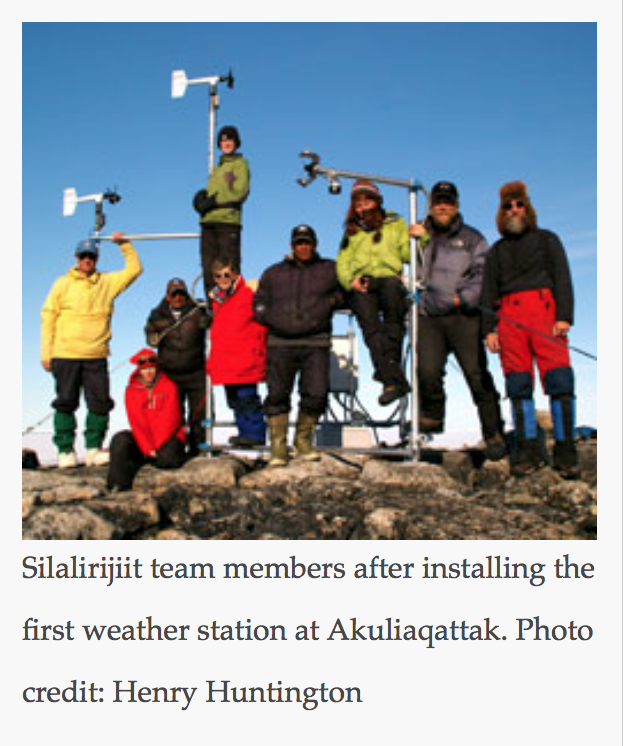
This unique approach to fusing different forms of knowledge, of ways of knowing, has helped Gearheard carve out a niche as a new breed of scientist. Having fallen in love with the Arctic while studying in the Faculty of Environment at the University of Waterloo, in Waterloo, Ontario, she eventually moved to Clyde River after completing her doctorate at the University of Colorado Boulder.
She now works at the National Snow & Ice Data Center at the University of Colorado Boulder. Her work as the Principal Investigator on the Silalirijiit Project has also given Gearheard an appreciation of the knowledge passed along by the Elders in the scientific world.
From her experience living and working in Clyde River, and collaborating with Inuit hunters, Elders, families and children, she authored a book The Meaning of Ice: People and Sea Ice in Three Arctic Communities.
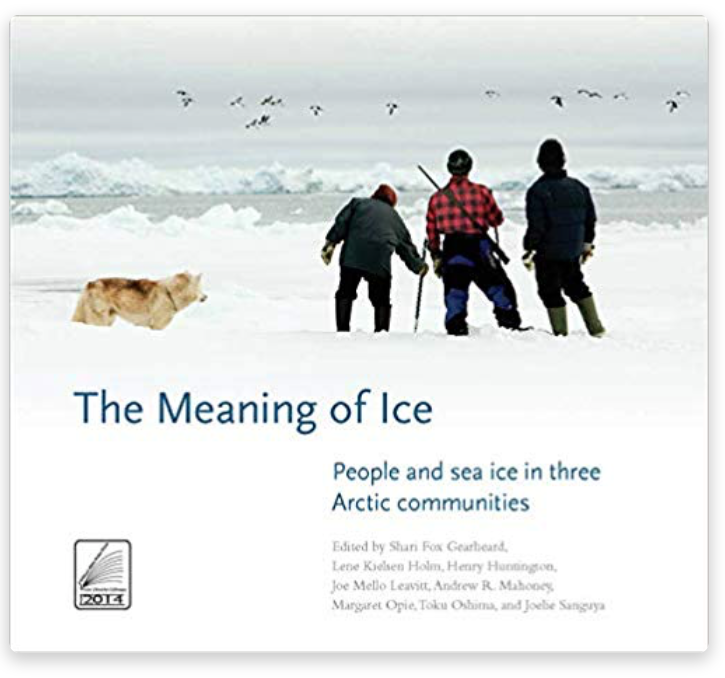
The Meaning of Ice (2013) celebrates Arctic sea ice as it is seen and experienced by the Inuit, Iñupiat, and Inughuit, who for generations have lived with it and thrived on what it offers. With extensive details offered through their own drawings and writings, this book describes the great depth of Inuit, Iñupiat, and Inughuit knowledge of sea ice and the critical and complex role it plays in their relationships with their environment and with one another.
Over 40 Inuit, Iñupiat, and Inughuit from three different Arctic communities contributed stories, original artwork, hand-drawn illustrations, maps, family photos, and even recipes to this book. Professional and historical photographs, children’s artwork, and innovative graphics add more to the story of The Meaning of Ice.
The Meaning of Ice is an important contribution to understanding the Arctic and its people at a time when the region is undergoing profound change, not least in terms of sea ice, but an appreciation of what sea ice means.
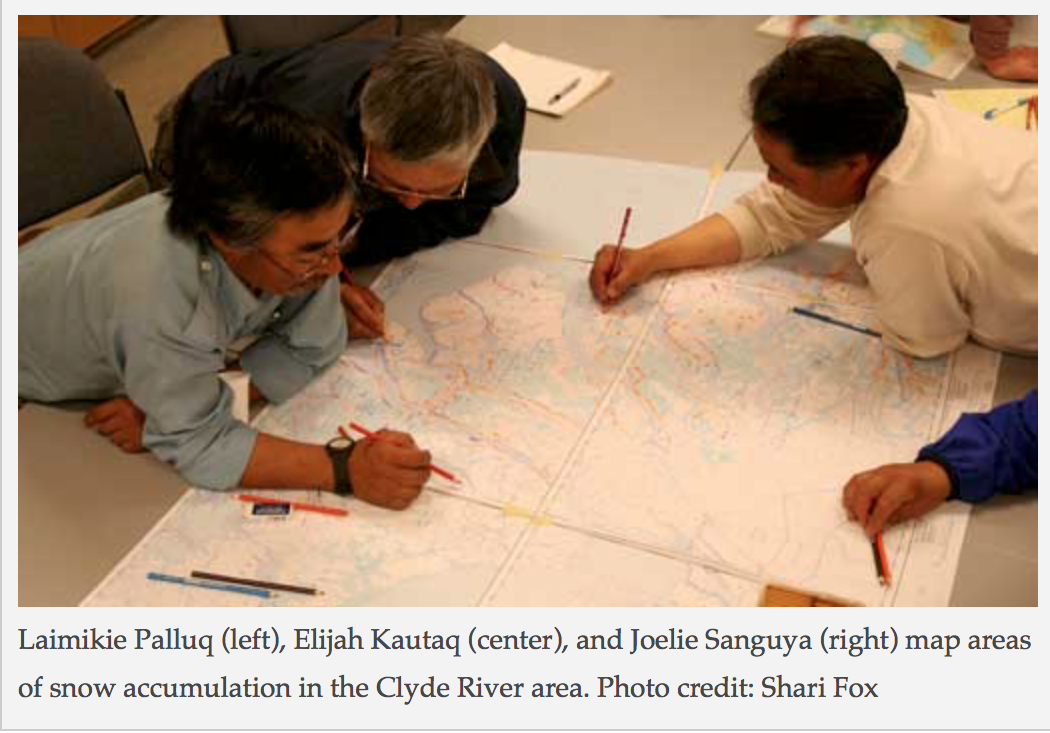
Clyde River (Kangiqtugaapik), Nunavut, is located on the east coast of Baffin Island. Starting in 2009, local hunters and Elders partnered with researchers from the University of Colorado Boulder and Colorado State University to initiate the Silalirijiit Project Website.
An Inuktitut word, Silalirijiit (pronounced see-lah-LEE-ree-yeet) means "those who work with or think about weather." The project links Inuit knowledge with climate science and environmental modeling to understand weather patterns and their changes in the Clyde River area.
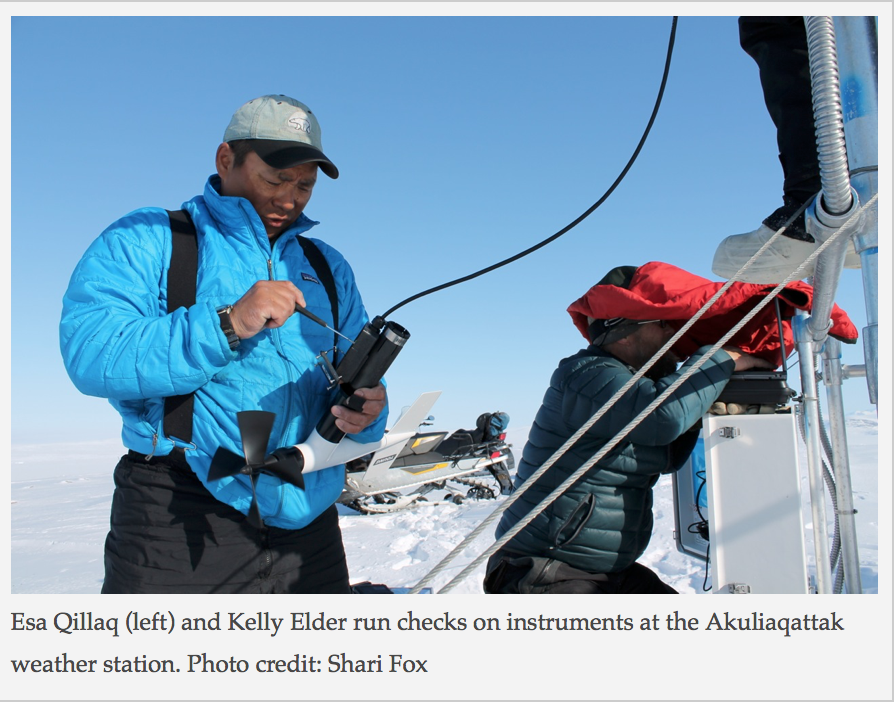
Evaluating the nature and significance of weather changes in the Arctic requires an approach that merges different tools, methods, and ways of knowing the environment. In Silalirijiit, a collaborative, multicultural and multidisciplinary team of weather experts are exchanging skills and knowledge all with the common purpose of understanding the weather in this part of the Arctic.
Silalirijiit was funded by the U.S. National Science Foundation (OPP 0753854). Additional funding to continue the project was provided by the Government of Nunavut when the original project entitled International Polar Year: Collaborative Research: Linking Inuit Knowledge and Local-Scale Environmental Modeling to Evaluate the Impacts of Changing Weather on Human Activities at Clyde River, Nunavut, finished in 2014-15.
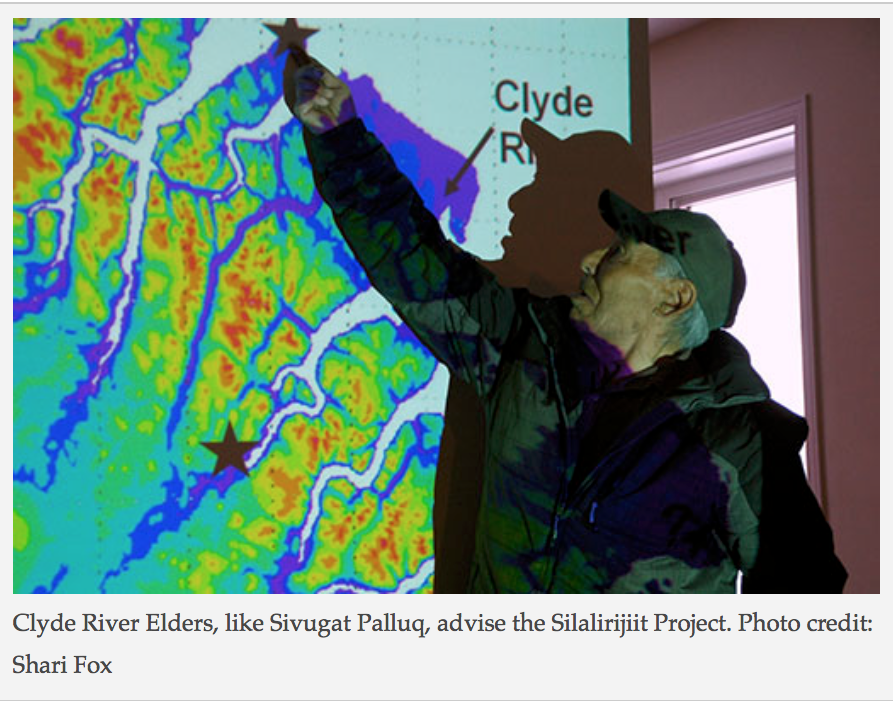
Weather stations were installed in three locations so far:
- Akuliaqattak (Latitude: N 70 50 38", Longitude: W 69 51' 51")
- Silasiutitalik (Latitude: N 69 50' 48", Longitude: W 70 31' 12")
- Ailaktalik (Latitude: N 70 18' 50", Longitude: W 68 9' 24")
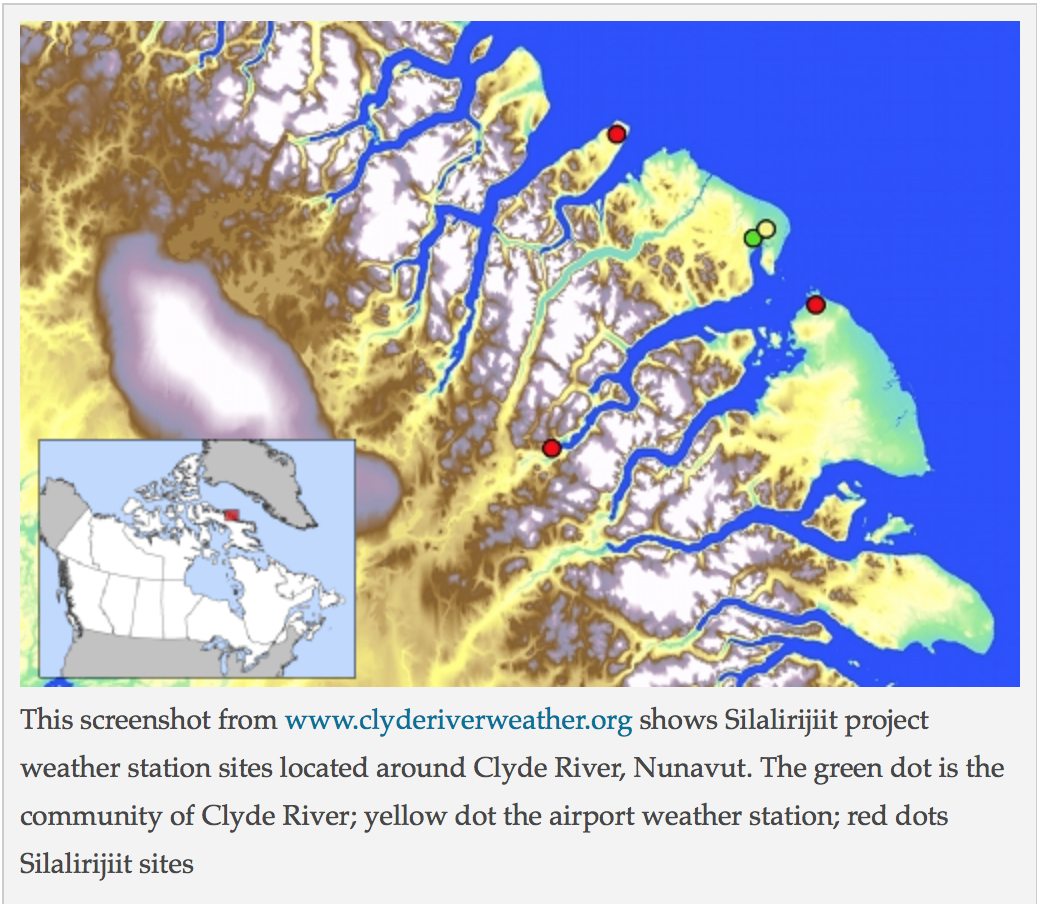
Each station records the following meteorological conditions:
- air temperature
- relative humidity
- wind speed (at 2 levels)
- wind direction (at 2 levels)
- incoming solar radiation
- outgoing solar radiation
- surface albedo
- cloud cover
- snow depth
- ground temperature (at 2 levels)
- atmospheric pressure
- pressure tendency
Up-to-date weather information from each station is available in both Inuktitut and English from the Kangiqtugaapik (Clyde River) Weather Station Network Website
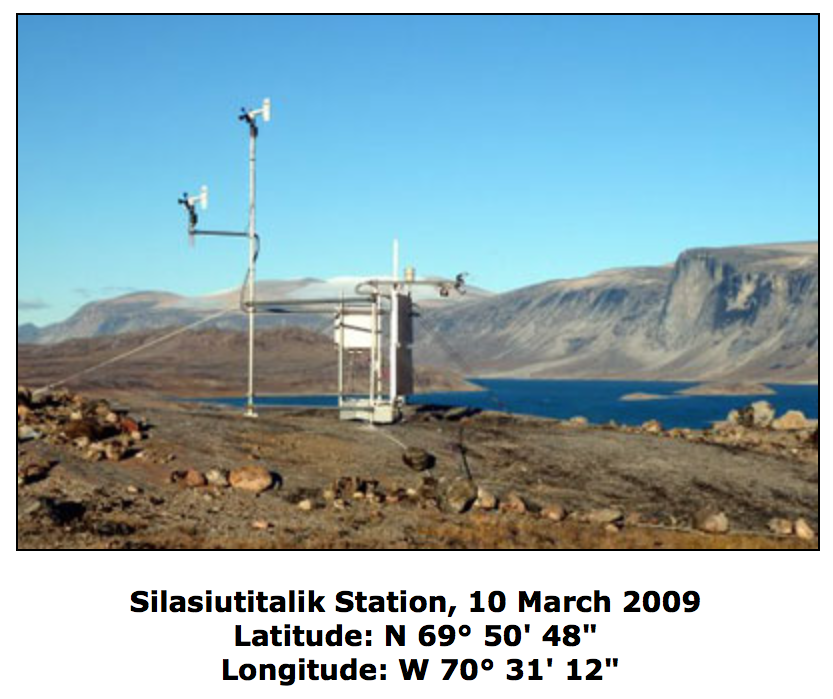
As an example of the community-based scientific weather tracking project, this link shows daily current conditions, and view multi-year video of daily weather changes.

Copyright © All Rights Reserved

